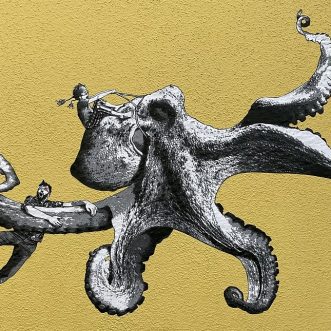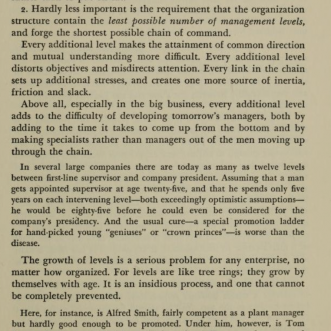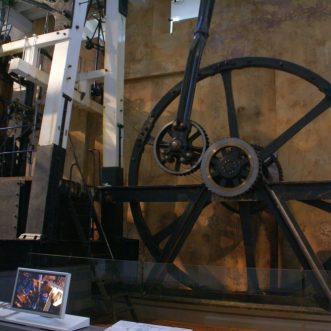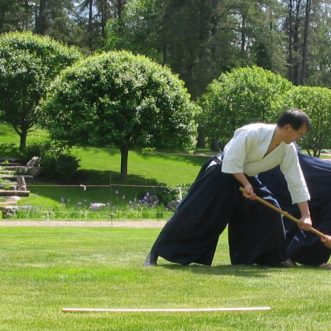
Smarter than we thought
It’s long been assumed that people find it harder to compare between high-value options than between low-value ones. To put it concretely, we’re supposed to find it harder to compare a £350,000 house and a £355,000 house, than to compare a £90,000 house and a £95,000 one.
The idea is that although the size of the difference in value might be the same in both cases, as the proportion of the difference shrinks, comparison becomes harder.
It turns out this assumption is wrong. In a recent study, researchers found that not only are we more accurate in our selections, when more value is at stake, we can also be fast. And when we are given context – in other words, we know there’s a lot at stake – we consciously slow down to make our decision better.
This has some implications for pricing. You can’t take a ‘nobody will notice the extra £xxx’ attitude. People will expect to see higher value for a higher price, and they can tell the difference.
Perhaps more interesting are the implications for delegation. We’re smarter than we thought.
You can trust your people with bigger decisions than you might have assumed. Especially if you give them the context to make them in.









